Who decided to ‘Let Community Lead’ what?
Introduction
In recent weeks, the World AIDS Day theme has echoed a resounding call for communities to take the lead in the national and global response to HIV. This rallying cry emphasizes the vital role that communities play in addressing the challenges posed by the epidemic. However, within the seemingly straightforward directive lies a profound irony: the implicit acknowledgment that the power once vested in communities has somehow been taken away. I seek to explore the multifaceted dimensions of power within the context of the global HIV response, unraveling the historical, structural, and systemic forces that have contributed to the perceived loss of power within communities and my opinion on the notion of a disempowered community who needs to be empowered to lead their very own response.
Historical perspective
To understand the current dynamics, we must explore the historical context of the global HIV response. In the early years of the epidemic, communities were at the forefront, mobilizing resources, raising awareness, and providing support to those affected. Grassroots movements emerged, demanding action, destigmatizing the virus, and advocating for the rights of those living with HIV/AIDS. However, as the epidemic evolved, so did the response mechanisms.
Governments and international organizations gradually assumed a central role in shaping policies and directing resources. While this shift was arguably necessary to coordinate large-scale efforts, it inadvertently led to a disempowerment of local communities. The narrative changed from community-driven initiatives to a top-down approach, with decision-making power centralized in distant offices and bureaucratic structures.
Structural challenges
Structural challenges further exacerbated the erosion of community power. Funding mechanisms, often tied to specific outcomes and metrics, created a competitive environment among NGOs and community-based organizations. This competition diverted attention from community needs to grant compliance, favoring larger, more bureaucratic entities over grassroots initiatives.
Moreover, structural inequalities within and between countries played a pivotal role. The global North-South divide, economic disparities, and unequal access to education and healthcare hindered the ability of communities, particularly in resource-limited settings, to actively participate in decision-making processes. The power imbalance became entrenched in policies that failed to consider the diverse and nuanced realities of affected communities.
Systemic forces
Beyond historical and structural aspects, systemic forces within the global health architecture perpetuated the marginalization of community voices. Decision-making bodies and international agreements often lacked sufficient representation of those on the frontlines of the epidemic.
Systemic factors, such as stigmatization and discrimination, have perpetuated the disempowerment of communities affected by HIV. Societal biases and prejudices have led to the marginalization of key populations, hindering their ability to actively participate in decision-making processes. This systemic exclusion exacerbates vulnerabilities and perpetuates cycles of poverty and ill health, further eroding the agency of communities.
Discussion
In this context, the recent call for communities to ‘take the lead’ in the HIV response is both a recognition of the intrinsic power communities possess and a tacit admission that this power has been attenuated over time. The question that arises is who decides when and how to ‘let community lead’ – a decision that is inherently laden with complexities.
Reclaiming power within communities necessitates dismantling entrenched power structures and fostering genuine partnerships between communities and global institutions. A paradigm shift is required, one that acknowledges the diversity of experiences within communities and integrates these perspectives into the broader discourse on HIV/AIDS. Grassroots organizations must be given a seat at the decision-making table, ensuring that policies are informed by the lived experiences of those most affected.
Empowering communities also requires addressing the structural and systemic barriers that perpetuate inequality. This involves challenging discriminatory laws and policies, dismantling stigma, and investing in education and economic opportunities for marginalized populations. Only through a holistic approach can communities regain agency and contribute meaningfully to the HIV response.
In conclusion, the call for communities to ‘take the lead’ in the response to HIV is a critical acknowledgment of the power imbalances that have characterized the global efforts against the epidemic. Understanding the historical, structural, and systemic forces that have contributed to the perceived loss of power within communities is essential for crafting solutions that truly empower those most affected by HIV. By dismantling entrenched power structures, fostering genuine partnerships, and addressing the root causes of inequality, the global response to HIV can truly be a collaborative effort where communities lead in shaping their own destinies.
Prof. Morenike Ukpong
Treasurer, Society for AIDS in Africa (SAA)


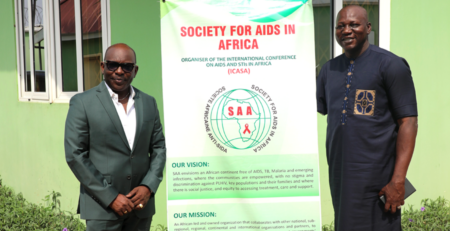
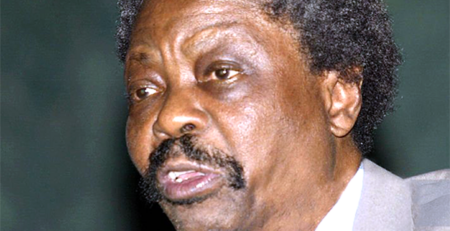
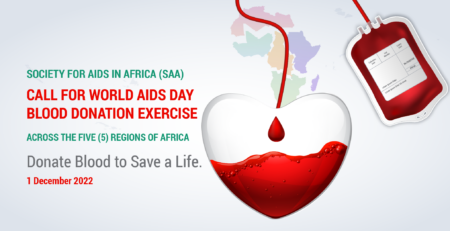

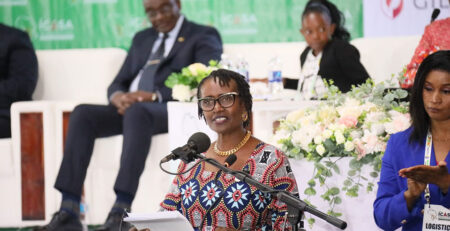

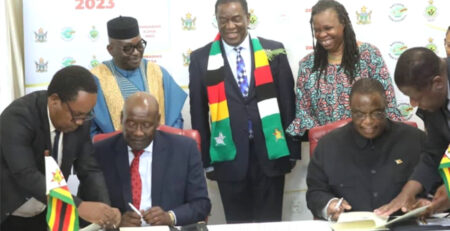
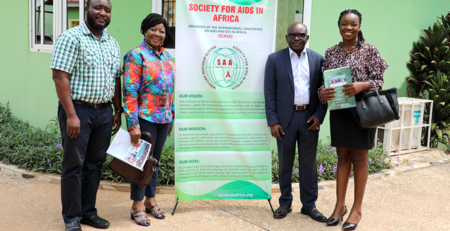
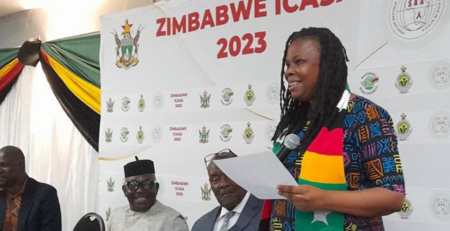
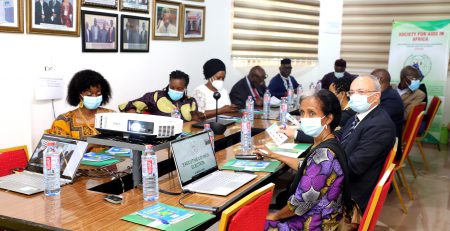
Leave a Reply